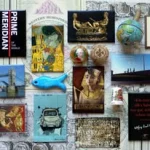“Oh, why can’t he rather be a tailor?”, the young Sisi has said this famous sentence several times after the fateful meeting in August 1853 in Bad Ischl, when Emperor Franz Joseph chose her as his future wife (instead of her older sister Helena). Fifteen-year-old Sisi was more like a country girl; she knew how to swim, ride a horse and fish, she loved her freedom and was not interested in strict court etiquette. Unfortunately, no one can jilt the Austrian emperor, so on April 24, 1854, the wedding took place in the Augustinian Church in Vienna.

If this wedding took place today, it would not only be watched by the invited guests but thanks to TV cameras, the whole ceremony could be watched by viewers all over the world. Subsequently, photographs and discussions about the ceremony, the wedding guests, the groom and especially the bride and her wedding dress would appear in the press. However, 200 years ago, everything was different. The Hofburg Palace, the residence of the Habsburgs in Vienna, was connected to the Augustinian Church by a closed passage (today it no longer exists). Franz Joseph and his bride Sisi walked through this corridor directly to the church, where only selected invited guests were allowed to attend the wedding ceremony. There were no representatives of the press or illustrators who recorded this historical moment in the form of a detailed article or image. And so, as incredible as it sounds, no evidence has survived as to what kind of wedding dress Sisi had worn that day…

In 1989, the Kunsthistorisches Museum (Art-Historical Museum) in Vienna acquired a beautiful train from the descendants of Archduchess Maria Valerie. In the family of the dearest Sisi’s daughter, this unique piece was passed down for a hundred years along with the fact that it used to be Sisi´s wedding train.
The long train is richly embroidered with gold, vine leaves alternating with bunches of grapes and other leaves and ornaments. It was attached over the dress as a separate element.
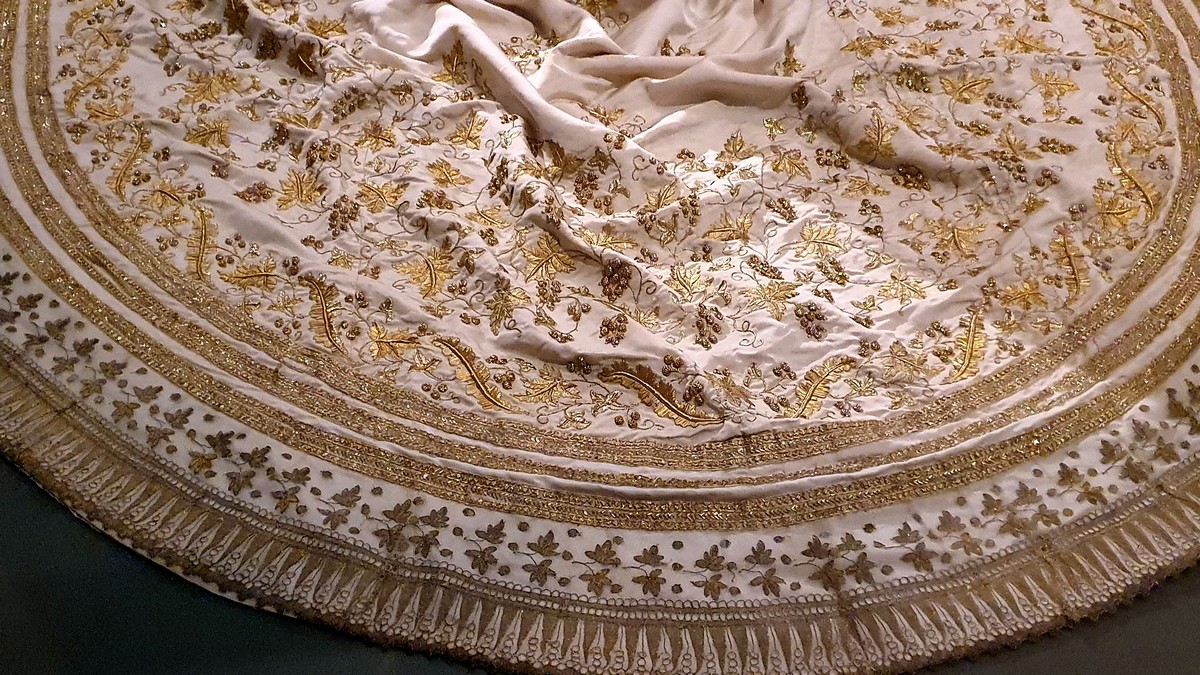
Since 2008, the magnificent train has been displayed in the Kaiserliche Wagenburg (Imperial Carriage Museum) as a highlight of the permanent exhibition, where fans of the Austrian empress, who is often nicknamed “Lady Diana of the 19th century”, come from all over the world to admire it.
Two years ago, the director of the museum, Monica Kurzel-Runtscheiner, received an email from a visitor from Spain with a photo of an unknown painting depicting Sisi in a sumptuous white and gold dress with a train, asking if it was the same train from the museum.
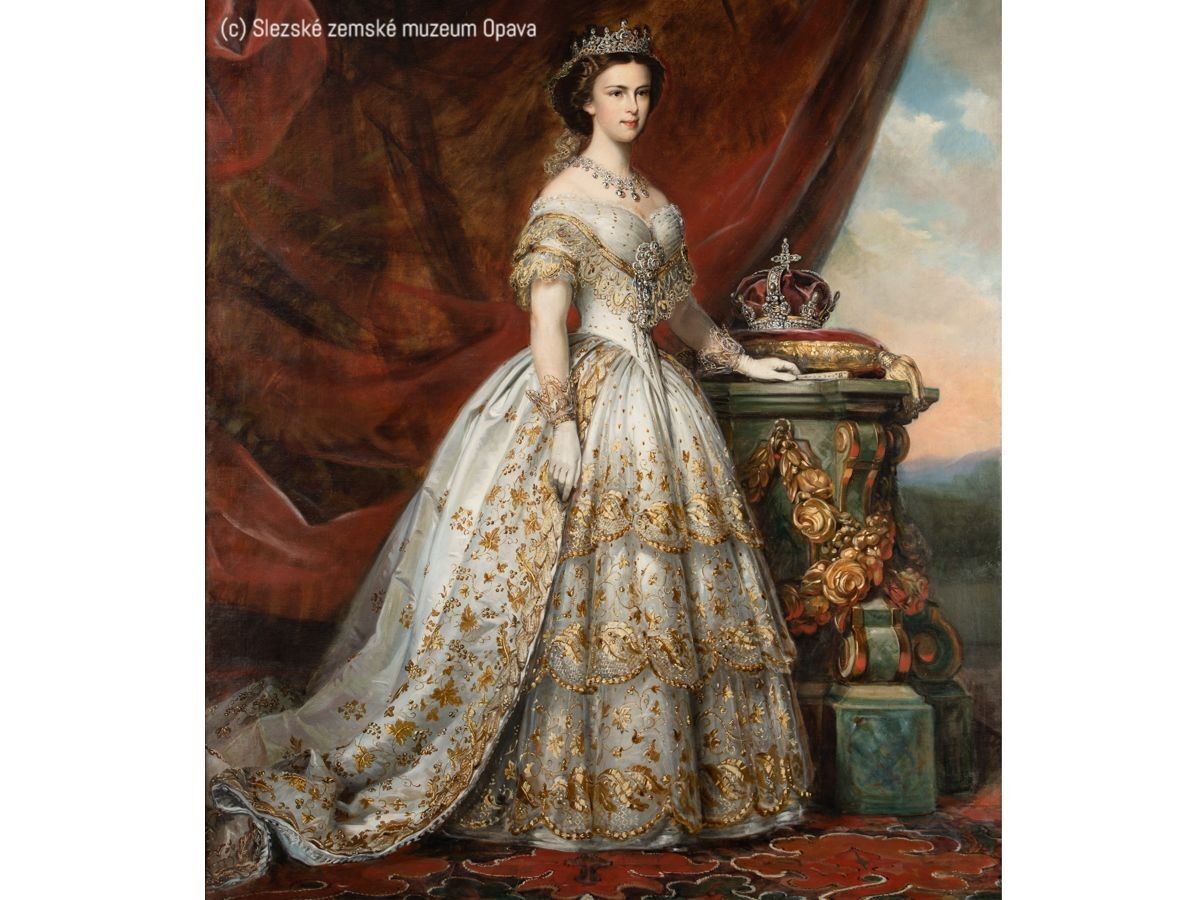
The painting is from the Silesian Museum in Opava (Czechia) and the train is truly identical to the one from the Wagenburg collection. Maybe finally a picture showing Sisi as a bride?
The initial euphoria was followed by a slight disappointment. The portrait of the empress was created in 1857, i.e. three years after the wedding. It was painted by Joseph Neugebauer, who was not a court painter. The empress was certainly not his model. Ambiguities raised other questions and conjectures…
Joseph Neugebauer was the drawing teacher of the children of the emperor’s brother, Archduke Karl Ludwig. It is quite possible that these connections to the highest circles allowed him to see into the empress’s wardrobe so that he could make the sketches and notes necessary for his painting. But is this really the wedding dress in the painting?
The director of Wagenburg embarked on an almost detective investigation. Descriptions of the dress vary greatly, with some authors stating that Sisi wore a dress with silver embroidery, others that it was a combination of gold and silver, while still, others say that the dress was without embroidery. Some claim that the dress had a neckline and others that a low-cut dress was not permissible for a church wedding. For a time it was also believed that Sisi’s wedding dress was remade into a vestment, kept in the Maria Taferl Basilica. However, a thorough examination of the archives ruled out this information.

One of the more credible documents is the list of things from the bride’s dowry, which arrived in Vienna before the wedding in 25 suitcases. First on this list is the wedding dress. However, it is a dress of silver silk, without embroidery. Only in second place, there is a white and gold dress, the description of which corresponds to the dress in Neugebauer’s painting. In the extant diaries of Franz Joseph’s mother, there is information that Archduchess Sophie had her bride’s dress shown to her, and it is very likely that she did not think the silver dress was worthy of an imperial wedding and that she was the one who decided which of these dresses Sisi would wear on the wedding day…
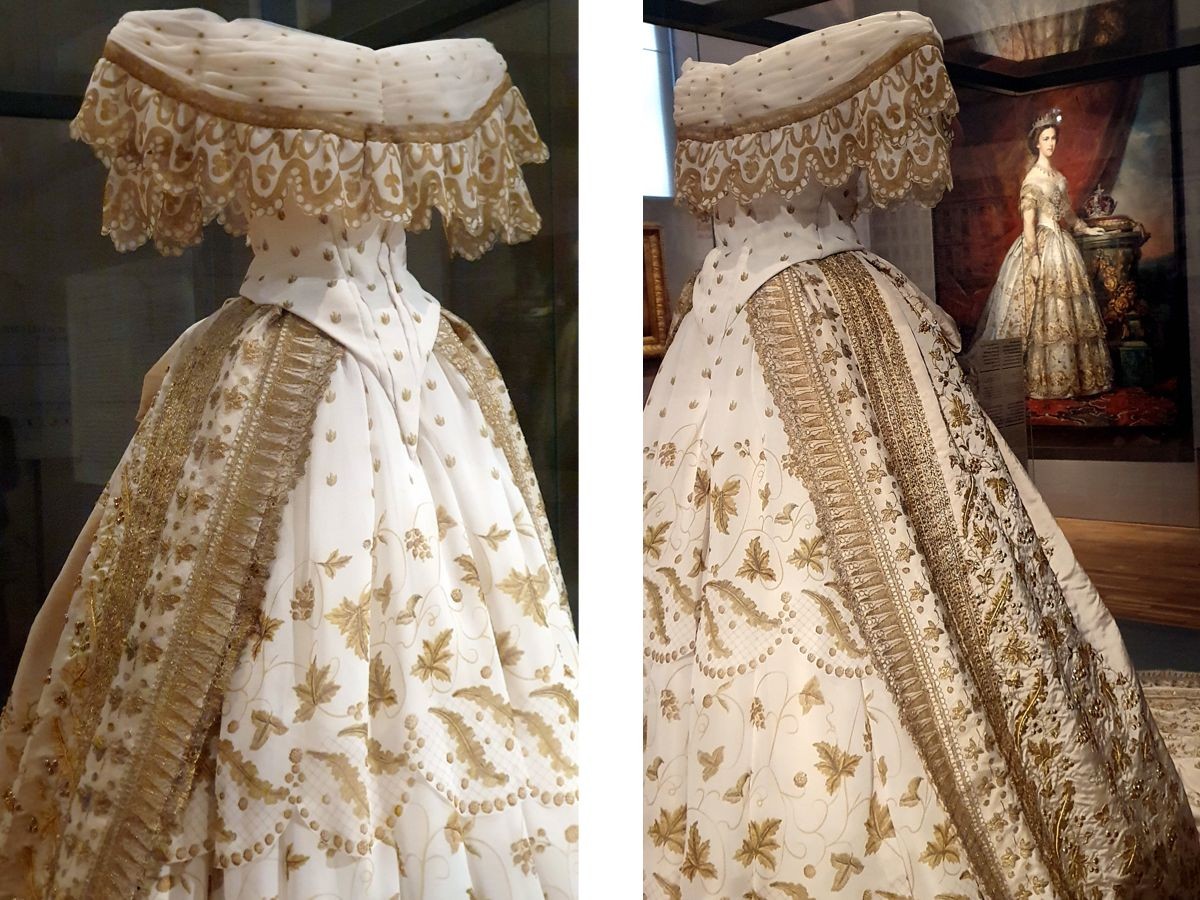
Even after a two-year search, it is not possible to say unequivocally whether the dress with a train in Joseph Neugebauer’s painting was indeed Elizabeth of Bavaria’s wedding dress. However, it cannot be ruled out either. The management of the museum decided to reconstruct this dress and display it together with the original train.
Some visitors may be disappointed that the finished dress is not embroidered as well. The latest technologies were used to make this dress – the patterns were exactly reconstructed according to the aforementioned painting and then directly printed onto the fabric in a printing house in Bavaria. During the presentation of this new exhibit, the director of the museum emphasized that they did not want to make any “fake” dress, on the contrary – this way they wanted to show what the original is and what the reconstruction was.

The dress is currently on display together with the painting on loan from Opava until November 5, 2023. After this date, the mysterious dress will remain part of the permanent exhibition. The exhibition is complemented by a 30-minute film that tells the story of the search for Elizabeth of Bavaria’s wedding dress.

And what else can you see in the Wagenburg Museum?
Around 60 carriages are displayed in the exhibition halls, dating from the Baroque to the end of the monarchy. The imperial coronation carriage attracts the most attention. Part of the exhibition is dedicated to Empress Sisi; in addition to her mysterious dress, you can see other dresses as well as men’s uniforms, Sisi’s fan, gloves, saddle and portraits of her favourite horses.


Address: Kaiserliche Wagenburg Wien, Schönbrunn Palace
Practical information: Wagenburg
Text: © Copyright Ingrid, Travelpotpourri
Fotos: © Copyright Ingrid, Travelpotpourri, KHM-Museumsverband, Slezské zemské muzeum Opava
Wagenburg, Hietzinger Allee, KG Schönbrunn, Hietzing, Viedeň, 1130, Rakúsko

 TRAVEL
TRAVEL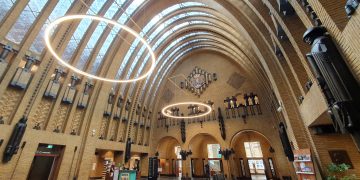
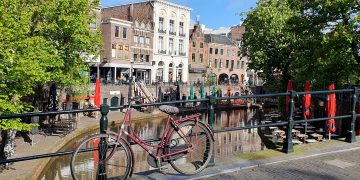


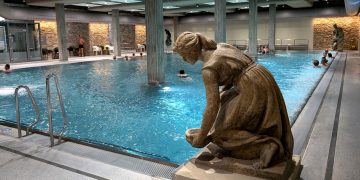

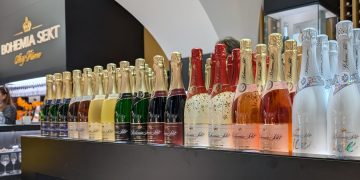
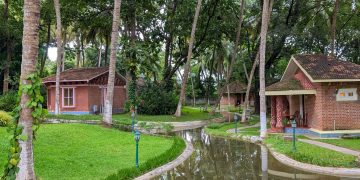
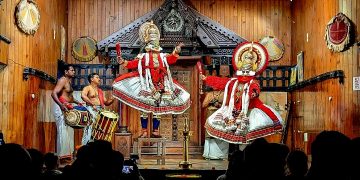
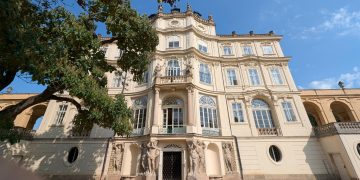
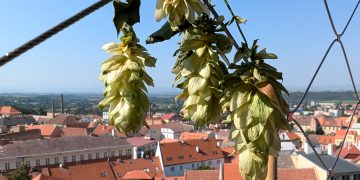

 RECIPES WITH A STORY
RECIPES WITH A STORY
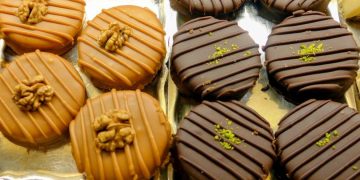


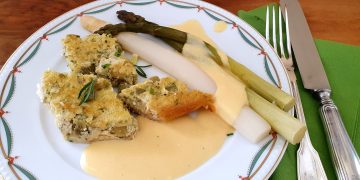
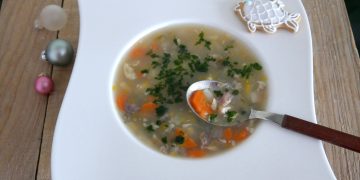





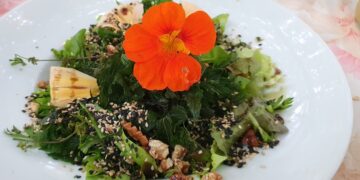
 AUSTRIA-VIENNA
AUSTRIA-VIENNA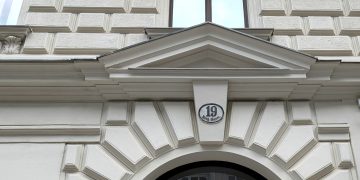
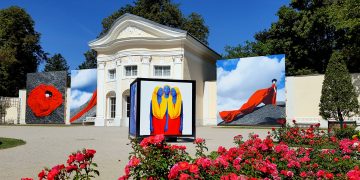
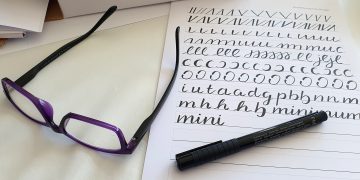
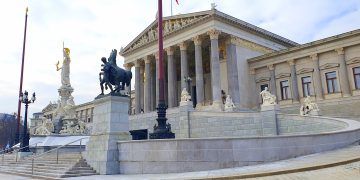
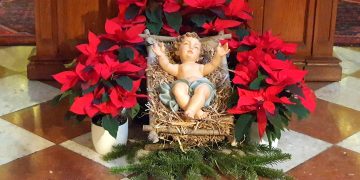

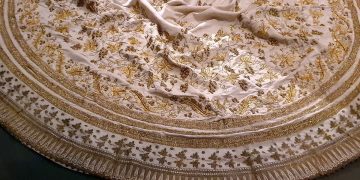
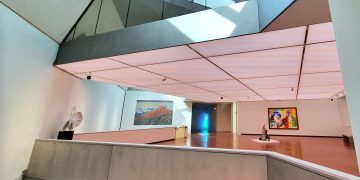
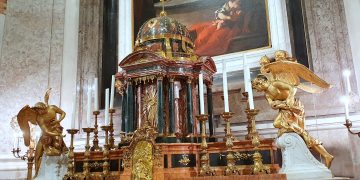

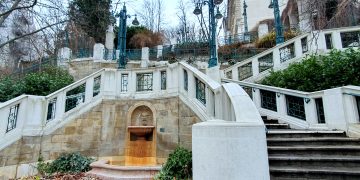

 SLOVAKIA-BRATISLAVA
SLOVAKIA-BRATISLAVA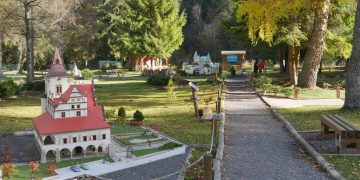
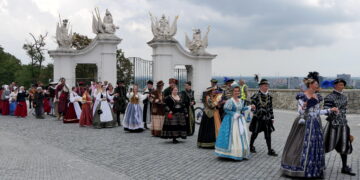

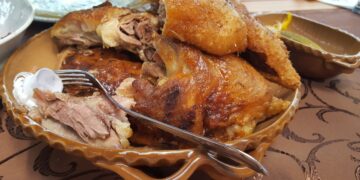
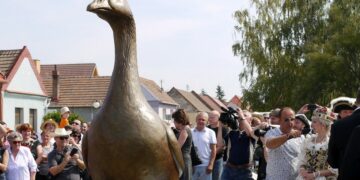
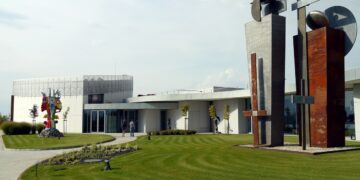
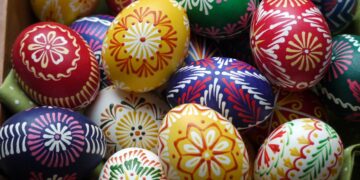

 EVENTS
EVENTS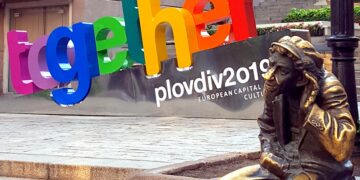
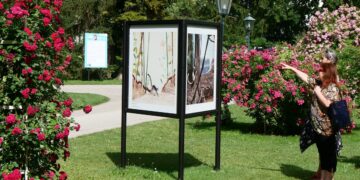

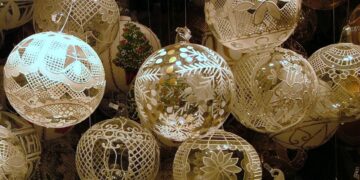
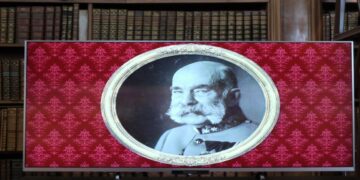
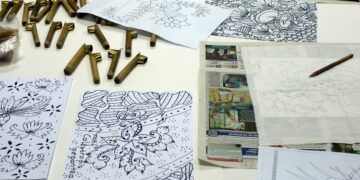


 INTERVIEWS
INTERVIEWS
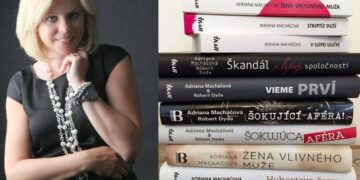
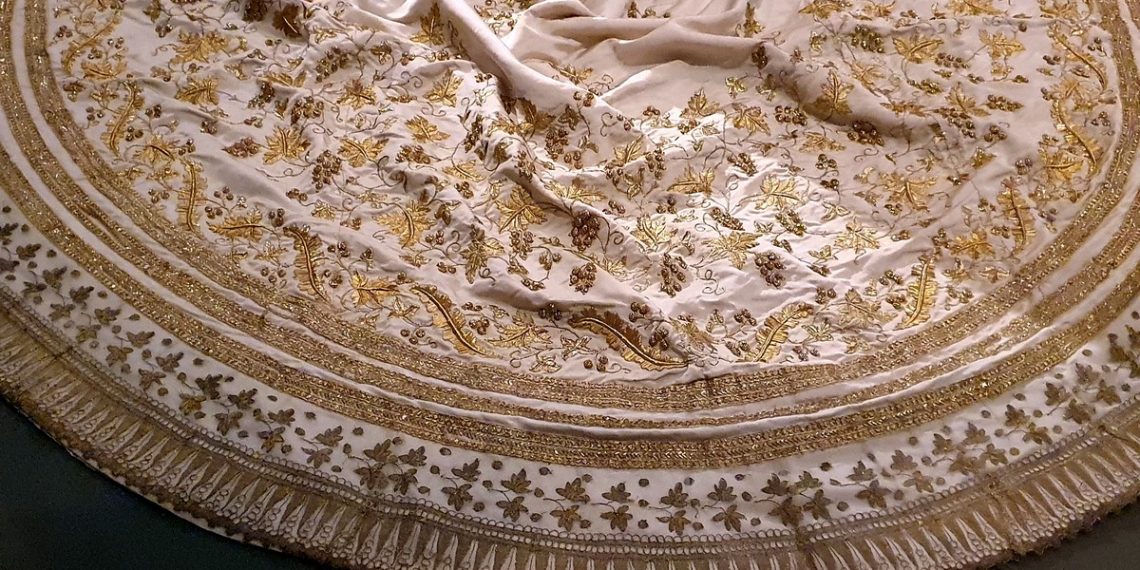





 Heidi Horten Collection – A Museum that Always Surprises You!
Heidi Horten Collection – A Museum that Always Surprises You! Asparagus – “White Gold” from Marchfeld
Asparagus – “White Gold” from Marchfeld

